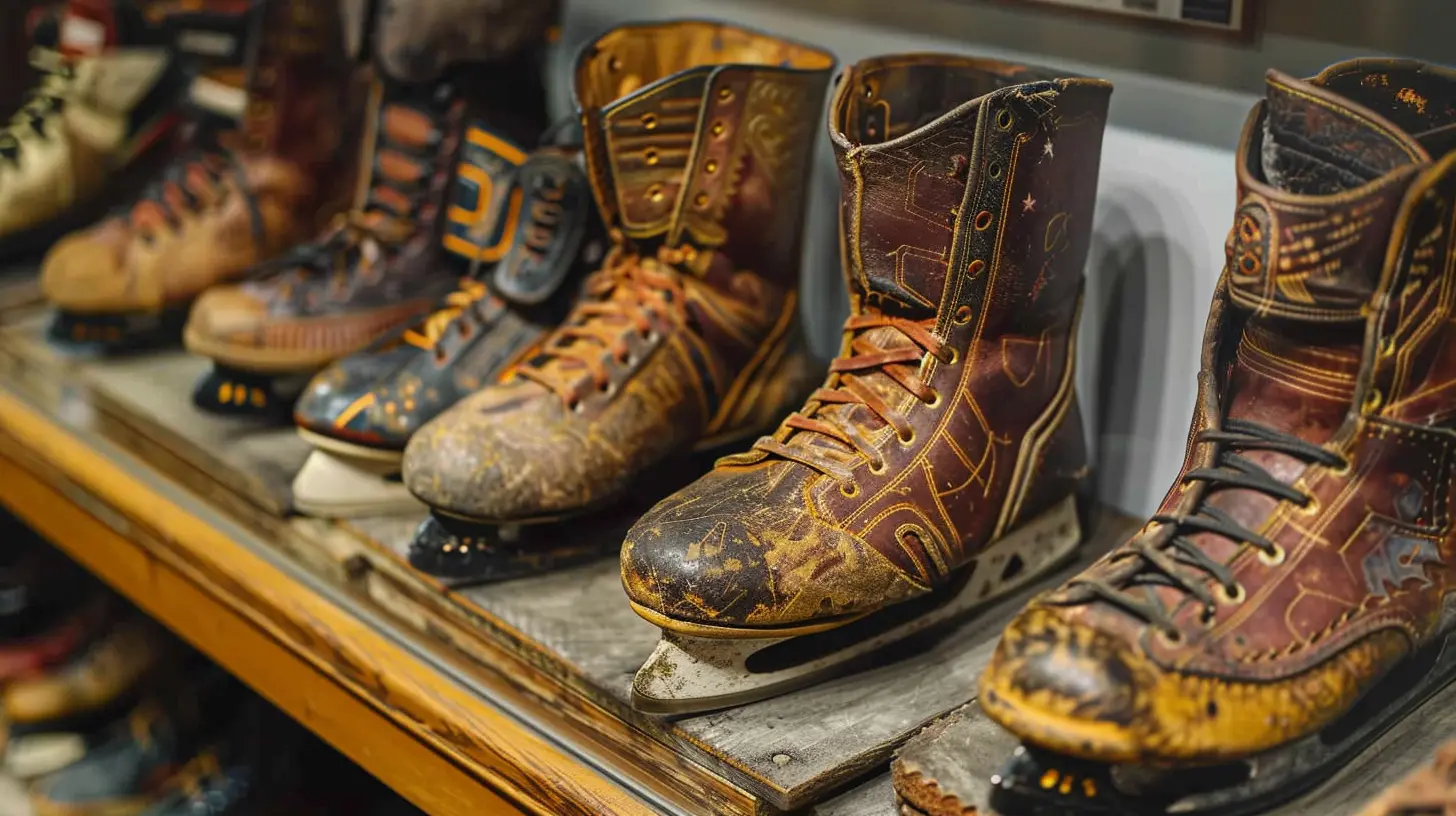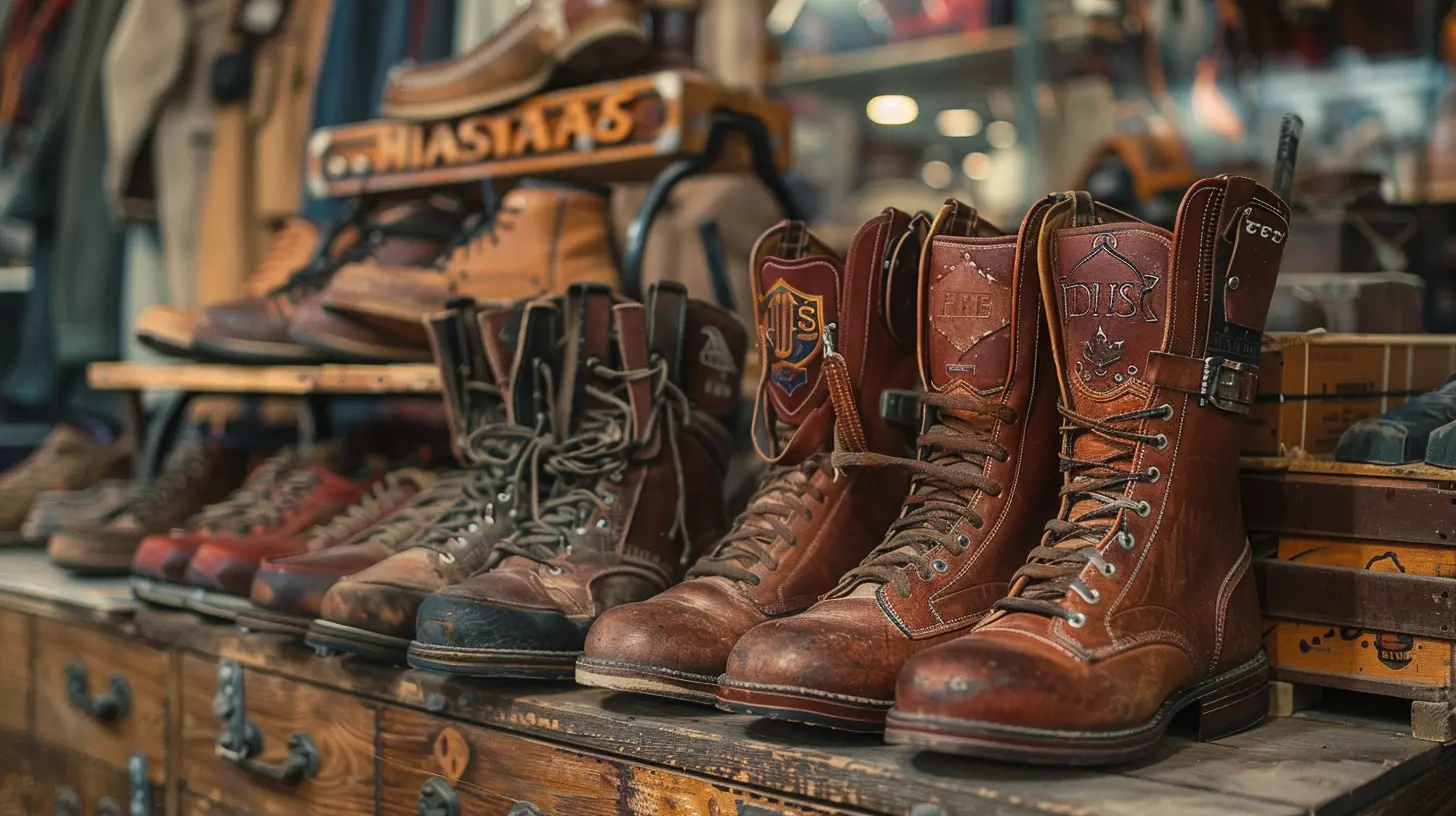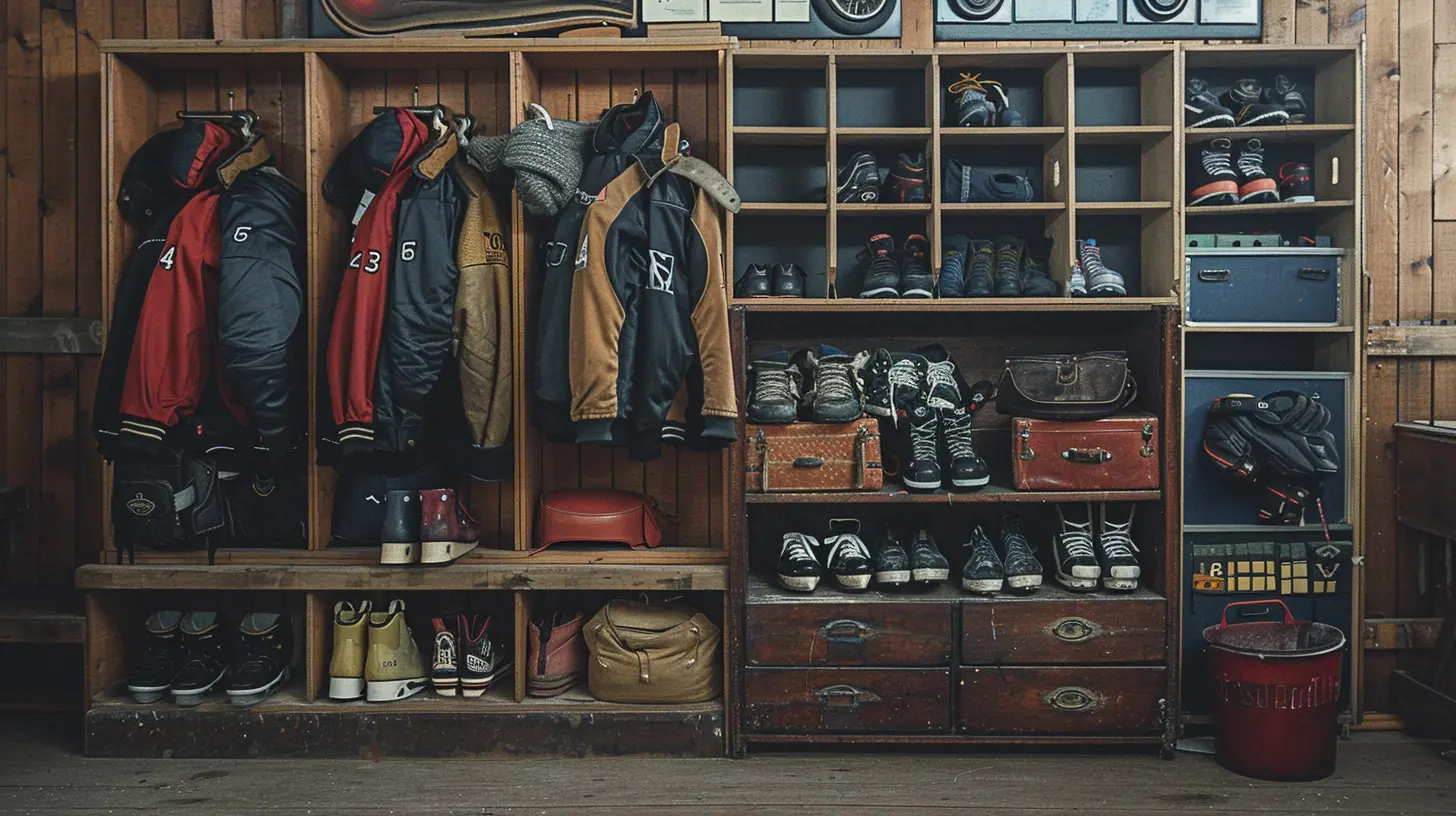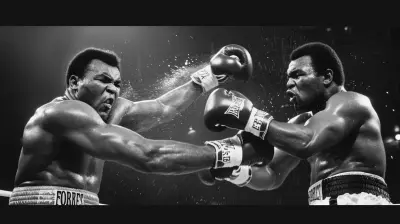The Evolution of Hockey Gear: From Leather to High-Tech Materials
8 July 2025
Hockey is fast, intense, and downright brutal at times. It’s a sport where speed meets physicality, and the gear players wear has to keep up with the game’s ever-growing demands. But have you ever wondered how hockey gear has evolved over time? From simple leather pads to cutting-edge, high-tech materials, hockey equipment has transformed dramatically.
Let’s take a deep dive into the evolution of hockey gear and how these innovations have shaped the game. 
Early Days: Minimal Protection and Leather Equipment
In the early days of hockey, protective gear was almost non-existent. Players skated in wool sweaters, simple leather gloves, and little to no padding. Protection was an afterthought—toughness was the name of the game.Skates: The Foundation of the Game
Hockey skates have come a long way. The earliest versions were nothing more than blades attached to boots, offering minimal support and comfort. There was no protection against ankle injuries, and the fit was far from secure.Fast forward to the 20th century, and we saw the introduction of reinforced leather boots, which provided better control and stability. However, they were still bulky and lacked the agility that modern skates offer.
Gloves: From Bare Hands to Padded Protection
Initially, hockey players didn't even wear gloves. When they did, they were essentially leather work gloves with no padding—great for warmth but terrible for protection.As the game became more physical, manufacturers started adding padding to gloves, offering better finger protection while maintaining stick-handling flexibility. 
The Rise of Padding: Safety Takes Center Stage
As the game became faster and more aggressive, injuries started piling up. That’s when padding became a crucial part of the sport.Shin Guards: A Vital Addition
Originally, shin guards were nothing more than strips of leather or cricket pads repurposed for hockey. Not ideal when you're facing 90 mph slap shots!By the mid-1900s, shin guards featured hard plastic shells with foam padding, providing much-needed protection against pucks and sticks.
The Helmet Revolution
Believe it or not, helmets weren’t mandatory in the NHL until 1979. Before that, players skated bareheaded, relying on sheer toughness (or maybe just ignorance).The first hockey helmets were made of simple leather and did little in terms of impact resistance. Eventually, manufacturers introduced hard plastic shells with foam interiors, greatly improving player safety.
Today’s helmets feature advanced impact-resistant materials and memory foam padding, reducing concussions and head injuries significantly. 
The Goalie Gear Evolution: From No Masks to Brick Walls
Goalies deserve their own section in this conversation. These brave souls once stood in net with little more than leather pads and a sturdy jawline.Masks: The Game-Changer
The first goalie mask didn't appear until 1959, when Jacques Plante decided he was tired of taking pucks to the face. Made of fiberglass, it was revolutionary at the time.Modern goalie masks are made of lightweight carbon fiber and Kevlar, offering incredible protection without sacrificing mobility. Plus, they look awesome with custom paint jobs!
Pads: From Leather Pillows to High-Tech Shields
Early goalie pads were made of leather-stuffed with horsehair, which absorbed moisture and became ridiculously heavy throughout a game.Today's goalie pads feature lightweight synthetic materials that provide better protection, mobility, and durability. The difference is night and day! 
Sticks: From Wood to Carbon Fiber Rockets
Hockey sticks have undergone one of the most dramatic transformations in the sport.Wooden Sticks: The Classics
For decades, wooden sticks dominated the game. While they provided great durability and a solid feel, they were heavy and lacked flexibility.Composite Revolution
Enter the carbon fiber composite stick. Lighter, stronger, and more flexible, these sticks allow players to shoot harder and stick-handle with incredible precision.Now, almost every pro player uses a composite stick, proving that technology has completely changed how the game is played.
Jerseys and Protective Gear: Comfort Meets Performance
Jerseys: From Wool to Breathable High-Tech Fabrics
Early hockey jerseys were made of heavy wool, making players sweat bullets under all that padding. Today, moisture-wicking materials keep players dry and comfortable throughout the game.Shoulder Pads and Elbow Pads: From Minimal to Maximum Protection
Back in the day, players either didn’t wear shoulder pads or used thin leather padding. Nowadays, shoulder pads are designed with lightweight foam and plastic plates, offering high-impact protection without restricting movement.Elbow pads have also improved significantly, preventing countless injuries while allowing for full range of motion.
The Future of Hockey Gear: What’s Next?
With technology improving at a rapid pace, hockey gear will only continue to evolve. Let's take a look at what the future might hold.Smart Gear: Data-Tracking and Injury Prevention
Imagine helmets and pads equipped with sensors that detect potential concussions in real-time. This technology is already being tested, and it could revolutionize player safety.Ultra-Lightweight Materials
Modern gear is already significantly lighter than its predecessors, but expect future advancements to make hockey equipment even more weightless—without sacrificing protection.3D-Printed Gear
Custom-fit gear thanks to 3D printing? It’s already happening. Players could soon have equipment designed specifically for their body shape, improving comfort and performance.Final Thoughts
Hockey gear has come a long way—from leather and wool to carbon fiber and Kevlar. Every piece of equipment has been fine-tuned to keep players safe while allowing them to perform at their peak.As new technologies emerge, we can only expect the gear to get lighter, stronger, and smarter. One thing’s for sure—the days of minimal protection and heavy equipment are long gone, and hockey players everywhere should be grateful for that!
all images in this post were generated using AI tools
Category:
HockeyAuthor:

Umberto Flores
Discussion
rate this article
1 comments
Luma Romero
Great article! It's fascinating to see how technology has transformed hockey gear. The advancements not only enhance performance but also improve player safety dramatically.
August 6, 2025 at 11:47 AM

Umberto Flores
Thank you! I’m glad you found the article informative. The advancements in technology truly have made a significant impact on both performance and safety in hockey.

